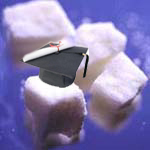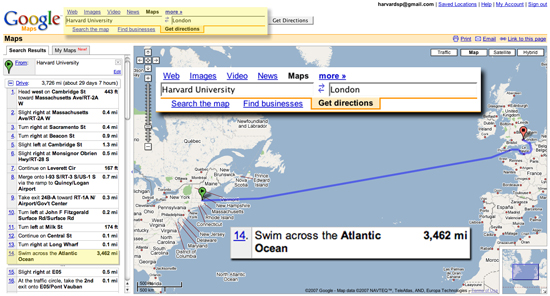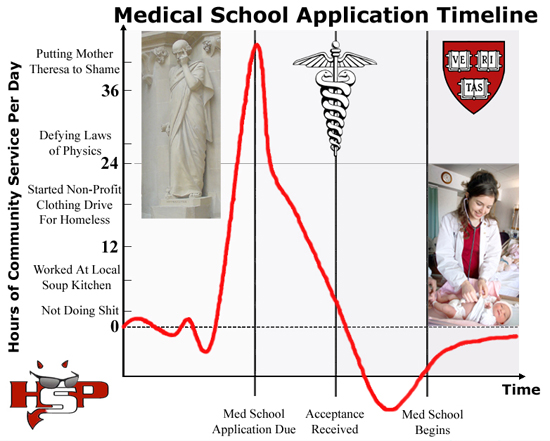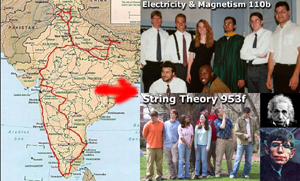| |||||||||||||||||||||||||||||
| SCIENCE AND TECHNOLOGY | RELATED ARTICLES | ||||||||||||||||||||||||||||
|
Berkeley Theoretical Physicist Interviewed By New York Times Science Correspondent
NYT: Dr. Espanada, thanks for being with us. I know the public will find this fascinating when we publish the article. Everyone at New York Times loves this stuff. Espanada: Why thank you, Raymond. I'm surprised people would really be that interested in something as esoteric as gauge invariance, but still, I'm flattered. Anyway, why don't we begin. NYT: All right, lets talk some science, shall we. NYT: Dr. Maria Espanada is a theoretical physicist at UC Berkeley. She recently unveiled her groundbreaking discovery in particle physics. Welcome Dr. Espanada. Would you care to tell us, in layman's terms, the results of your research?
Espanada: Certainly. When we arrange the different kinds of fundamental particles - basic particles - in certain ways, they form mathematical sets called groups. These groups have certain symmetries; they look similar when you flip or rotate them or things like that. Now, my research compiles a list of possible symmetries which might arise if we assume that uniform - NYT: Yes, wonderful, but, what does this have to do with time travel? Espanada Time travel? Nothing. Where did you get the idea that it has to do with time travel? NYT: Perhaps you didn't mention time travel per se, but you know how it is. Theoretical physics and time travel. Let me put it this way. Could this conceivably have anything at all to do with time travel? Espanada: No. The closest thing to time travel in this research is when I use time-inversion invariance to derive the wave function for - NYT: Time-inversion. Like time running backward? Espanada: Only in a very limited, very mathematical, very unreal sense, yes. NYT: That's really too bad. But don't worry, I'll put a Photoshopped image of you shaking hands with Abraham Lincoln, anyway. You know, people love relativity! Does your work have anything to do with relativity? Espanada: Yes... but it's not what you might be thinking. NYT: No, that's good enough. I just need to mention Einstein. Oh, and the speed of light in miles per hour! That'll blow people's mind. Espanada: Listen, the basic results are interesting enough on their own without having to embellish. Let me explain how... NYT: Speaking of the speed of light, can your research be used to construct a faster-than-light star drive? Open wormholes? Extract limitless energy from subatomic particles? Communicate with other universes? Espanada: No. Absolutely not. NYT: I'll take that as a yes. Thank you for your time, Dr. Espanada. It's been very enlightening. HSP
|
SPONSORED LINKS
SPONSORED LINKS
SPONSORED LINKS | ||||||||||||||||||||||||||||
| |||||||||||||||||||||||||||||
| The Harvard Satyrical Press is not intended for readers under 18 years of age (Disclaimer) | (c) Copyright 2025, The Harvard Satyrical Press, Some Rights Reserved | ||||||||||||||||||||||||||||



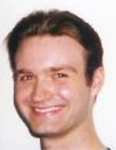

 FACEBOOK
FACEBOOK REDDIT
REDDIT STUMBLEUPON
STUMBLEUPON DEL.ICIO.US
DEL.ICIO.US
